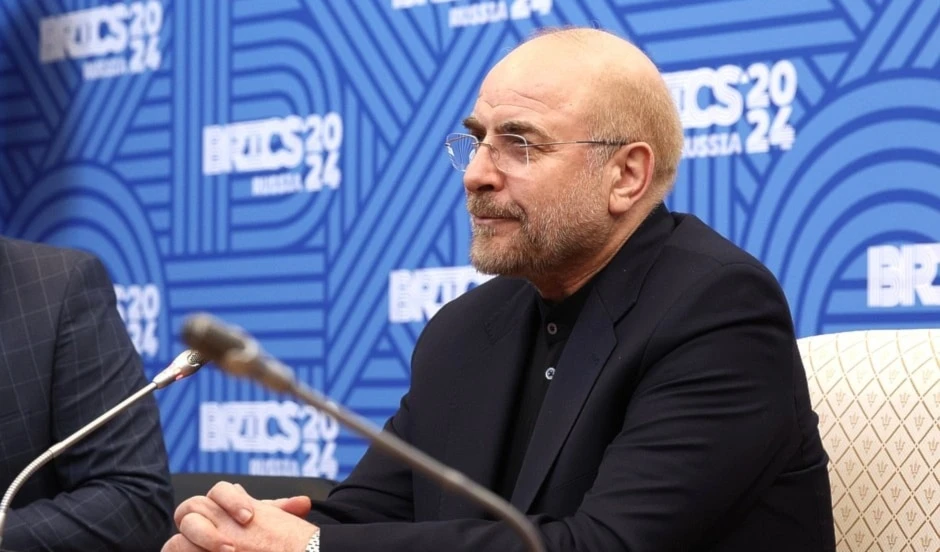Iran Guardian Council approves plan to remove four zeros from currency
Under the approved plan, one new rial will be equivalent to 10,000 current rials and subdivided into 100 gherans.
-

Banknotes of the Iranian Rial and American Dollar are on display at a currency exchange shop in downtown Tehran, Iran, on April 4, 2015 (AP)
Iran’s Guardian Council has approved a long-debated plan to remove four zeros from the national currency, a major monetary reform intended to stabilize the rial and simplify financial transactions.
Guardian Council greenlights currency redenomination
Speaking at a press briefing in Tehran on Saturday, Hadi Tahan Nazif, spokesperson for the Guardian Council, announced that the body had reviewed and endorsed the bill passed by Parliament to reform the national currency.
“The Guardian Council determined that the bill is not inconsistent with Sharia law or the Constitution,” Tahan Nazif said, confirming the Council’s final approval.
With this decision, Iran moves one step closer to implementing a redenomination process that will gradually replace the current rial with a new version over several years. The law is expected to be rolled out in phases to allow time for administrative and technical preparations.
Read more: Iran’s Aprin dry port receives first Russian freight train
Reform years in the making
The proposal to remove four zeros from the rial was first raised 34 years ago and has resurfaced under multiple administrations, but was never fully pursued. The government first approved the initiative in 2019, and Parliament endorsed its general framework that same year.
After further deliberations, Parliament’s Economic Committee reintroduced and amended the bill in August this year. The final version was passed by the full Shura Council on October 5 with 144 votes in favor, 108 against, and three abstentions, before being sent to the Guardian Council for constitutional and Sharia review.
Step toward stability
Under the approved plan, one new rial will be equivalent to 10,000 current rials and subdivided into 100 gherans. The reform aims to streamline financial operations, curb inflationary pressures, and strengthen confidence in the national currency amid ongoing economic challenges and foreign sanctions.
Shams al-Deen al-Hussaini, head of Parliament’s Economic Committee, previously explained that the bill amends Article One of Iran’s Money and Banking Law, aligning it with the country’s new Central Bank Law passed in 2023.
He added that exchange rate policies and central bank operations will remain governed by existing financial frameworks while maintaining Iran’s obligations under the International Monetary Fund.
Read more: Iran, Russia sign $25bln deal to build 4 nuclear plants

 3 Min Read
3 Min Read










